By Carolin Schack*, Thomas Neise, David Heimann and Martin Franz, Osnabrück University, Germany
This article shows possibilities of sustainable transformation of old industrial areas. Based on findings of the research project “Grey goes Green – Transformation of Industrial Areas” with case studies in Germany we showcase that network building helps to overcome major challenges and enhances sustainable transition. The project analyses and supports the formation of networks as well as partnerships between municipalities and companies to identify essential success factors for implementing sustainable development of old industrial areas.
Initial situation
Since the 1980s, significant efforts have been made in urban planning to realise new industrial areas that meet higher ecological standards in Germany. However, many industrial areas were established earlier and are confronted with considerable structural changes: They have a high degree of sealing, barren or underused sites, inadequate infrastructures and traffic problems. Polluted or contaminated soil, heat islands or a negative reputation in general make the situation more difficult (see figure 1).
Figure 1. Industrial area in Lengerich, Germany, with high degree of soil sealing. Source: Knüver, 2020.
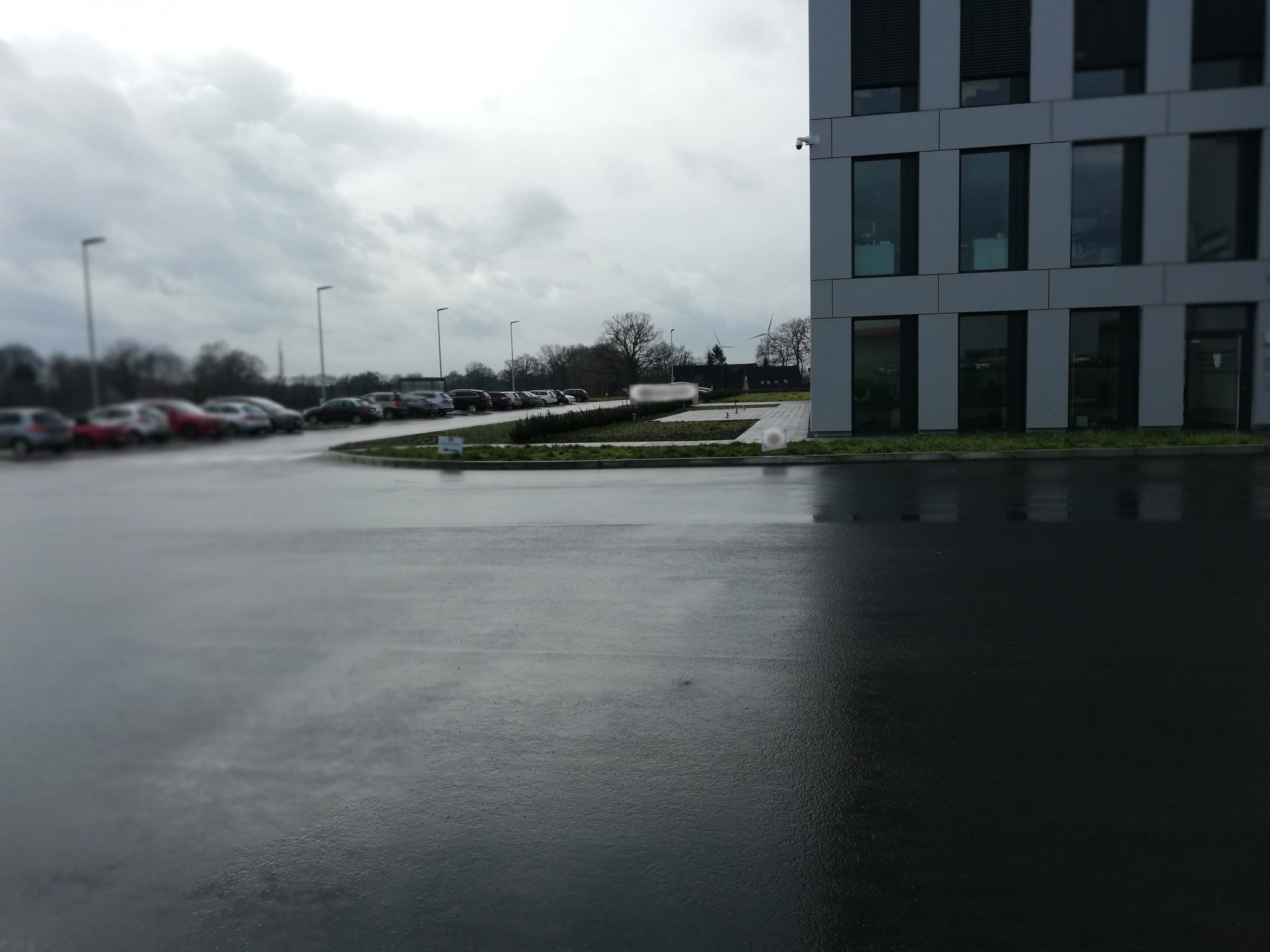
These aspects reduce the attractiveness of old industrial parks for companies and make it difficult to overcome existing and future challenges like the availability of land or climate change issues (BBSR, 2016). At the same time, attracting new firms, generating or securing jobs and the associated local business tax are still vital for municipalities’ revenues. The Federal Institute for Research on Building, Urban Affairs and Spatial Development (BBSR) stressed that many municipalities consider renewal and sustainable transition of existing industrial estates as essential (BBSR, 2016). Moreover, the revitalisation and sustainable upgrading of old industrial parks is a key objective of Germany’s National Sustainable Development Strategy, for achieving the target of reducing land consumption to 30 hectares per day (The Federal Government, 2016). In addition, a more ecologically sensitive design can also strengthen other functions of industrial estates (Sieber, 2019):
- contribution to urban green and biodiversity
- reduced sewer system load due to rainwater retention function
- reduced noise pollution as a result of green roofs and facades
- cooling and shading help to avoid overheating
- improvement of air quality and quality of stay
The “Grey goes Green”– project
The project “Grey goes Green – Transformation of Industrial Areas” is part of the program “Sustainable Transformation of Urban Areas” funded by the Federal Ministry of Education and Research (BMBF) and involves partners from several municipalities (e.g. Bocholt, Iserlohn, Remscheid, Vreden) and four institutions: Bonn Science Shop (WILA Bonn), Technical University of Darmstadt, Osnabrück University, Global Nature Fund. The project aims to upgrade existing industrial areas by developing concepts and measures for enhancing sustainability. In this sense, an industrial area that makes a positive contribution to climate protection and climate adaptation, to the strengthening of urban biodiversity and to the quality of stay for employees and residents is the objective of the research project (see figure 2). Within the project design codes such as greening of roofs, facades and entrance areas, marginal strips and parking spaces on properties, avenue trees and traffic islands have been developed and implemented to create more sustainable industrial parks. Landowners are given specific advice on how they can design their areas in a more sustainable way, what advantages this offers, and who can support them.
Figure 2. Characteristics of a sustainable industrial area. Source: Authors’ own elaboration inspired by Pfoser, 2016:88.

Project objectives and methodological approach
To transform old industrial areas, the project aimed at motivating companies to implement individual and collective activities for sustainability (Neise et al., 2018). Therefore, the key objective was to establish network structures with firms, but also with municipal representatives as stakeholders in a transformation process of industrial estates. By doing so, the common objective to increase biodiversity, climate adaptation and the quality of stay will be achieved in an easier and more effective way.
The project followed a network-building approach. Networks are seen as key drivers of sustainable changes (Schneidewind, 2011:9). Scholars from innovation studies (e.g. Glückler, 2012; Swilling & Hajer 2017; Trippl, 2020) emphasised that social dimensions of economic transactions are critical for the creation and exchange of knowledge. Actor networks contribute to the emergence and diffusion of knowledge (Glückler, 2012; Swilling & Hajer, 2017). Insights from the multi-level perspective on sustainability transition research highlight the effects of networks as drivers of sustainable development and the importance of niches in which innovations can develop (Geels, 2011; Heyen et al., 2018). Networks helped the project participants to gain experiences, learn or copy from each other. A psychological model that has been widely studied in the sustainability field is Ajzen’s theory of planned behaviour, which assumes a “subjective norm” factor (Ajzen, 1991:188). This refers to the subjectively perceived norm of one’s own social environment, i.e. whether I think my neighbour expects me to build a solar system on my roof, or at least likes it (Ajzen, 1991). This effect was used in the company networks to promote sustainable activities. It has been shown that companies were more willing to improve their sustainability or to participate in the network once they had seen the success of neighbouring firms.
Case study of Remscheid and Marl
The project applied its empirical approach to the cities of Remscheid and Marl, which are both traditional industrial cities in Germany’s western province North Rhine-Westphalia.
- Remscheid (population 110,000) is located approximately 30km east of the provincial capital of Düsseldorf. The industrial area involved in the project “Großhülsberg”, which is one of the largest industrial parks of Remscheid, was built in 1967 with a size of 54ha and has approx. 90 firms that offer about 2000 jobs. There is a diverse mix of companies, the traffic circulation is overall good, but stationary traffic is lacking space. The topography of the area is making the area appear greener than it is: actually, more than 75% of the area is sealed land (e.g. parking spaces, streets and buildings).
- Marl (population 84,000) is located in the North of the Ruhr Area. The construction of the industrial area “Lenkerbeck” (126ha, 200 companies) started in the late 1970s. It was originally designed as a pure industrial park, but complemented by a strong trend of provision of housing for the smaller companies’ owners. The planning approach of integrating remaining forest land into the area was later abandoned due to strong pressure to develop more industrial land. The area is therefore highly fragmented both in terms of branches and size of plots.
In both cities, we interviewed 42 company owners and representatives from the municipalities. In addition, we observed the collaboration activities and network building during project workshops.
Factors enabling and preventing sustainable transformation
Our study shows that companies contribute in multiple ways to the sustainable transformation of their premises and their surroundings: Improving the quality of stay, the employee satisfaction, which is important especially for preventing shortage of skilled workers, financial independence or risk minimisation (e.g. with regard to variable costs that arise due to climate change or in energy supply), ecological responsibility, higher accessibility to sustainable means of transport in the course of the mobility change and aesthetic reasons or the image change in the direction of sustainability promote the motivation of companies. Reasons that inhibit companies include the complexity of the topic in general as well as knowledge deficits regarding the estimation of follow-up costs, the high costs overall, the time required for planning and also the preference for a clean appearance.
In order to advance collaboration in the sense of sustainable transformation between the firms and the municipalities, the project team organised workshops to establish sustainability-related company networks in the industrial areas. Instead of prescribing ready-made thematic events, it was more promising to start by asking the participants about their needs and discussing location-specific topics (e.g. installation of solar panels, roof top greening). The appointment of an area manager as contact person for companies in the industrial parks helped to communicate different needs and requests. These managers act as intermediaries between companies, administrations and science.
In order to strengthen cohesion, local firms are particularly important in the long term, as they are rooted in the region. Property owners were involved because they can easily carry out measures on the company premises (e.g. unsealing, planting or installing a solar system). Furthermore, companies that have already been committed to the location in the past or have already established regional networks in the area, were included. All these firms have an emotional bond and identification with the industrial estate which is necessary when building networks. However, it should be considered that at the beginning getting to know each other is also relevant for building networks: “Well, I think it’s great that [person X] was there […]. We talked to each other properly for the first time today […] I also wanted to see what the company does, I don’t really know” (interview with a company manager in 2017, Remscheid).
Subsequently, target agreements were defined. Developing a mission statement has strengthened the common identity and created a common self-image, provided orientation in network development and a basis for a common strategy, goals and measures. In order to achieve a higher impact of companies’ individual activities, a way to increase public visibility has been found. This includes, for example, high-profile actions such as tree planting (see figure 3).
Figure 3. Tree planting. Source: Bonn Science Shop (WILA Bonn), 2017.
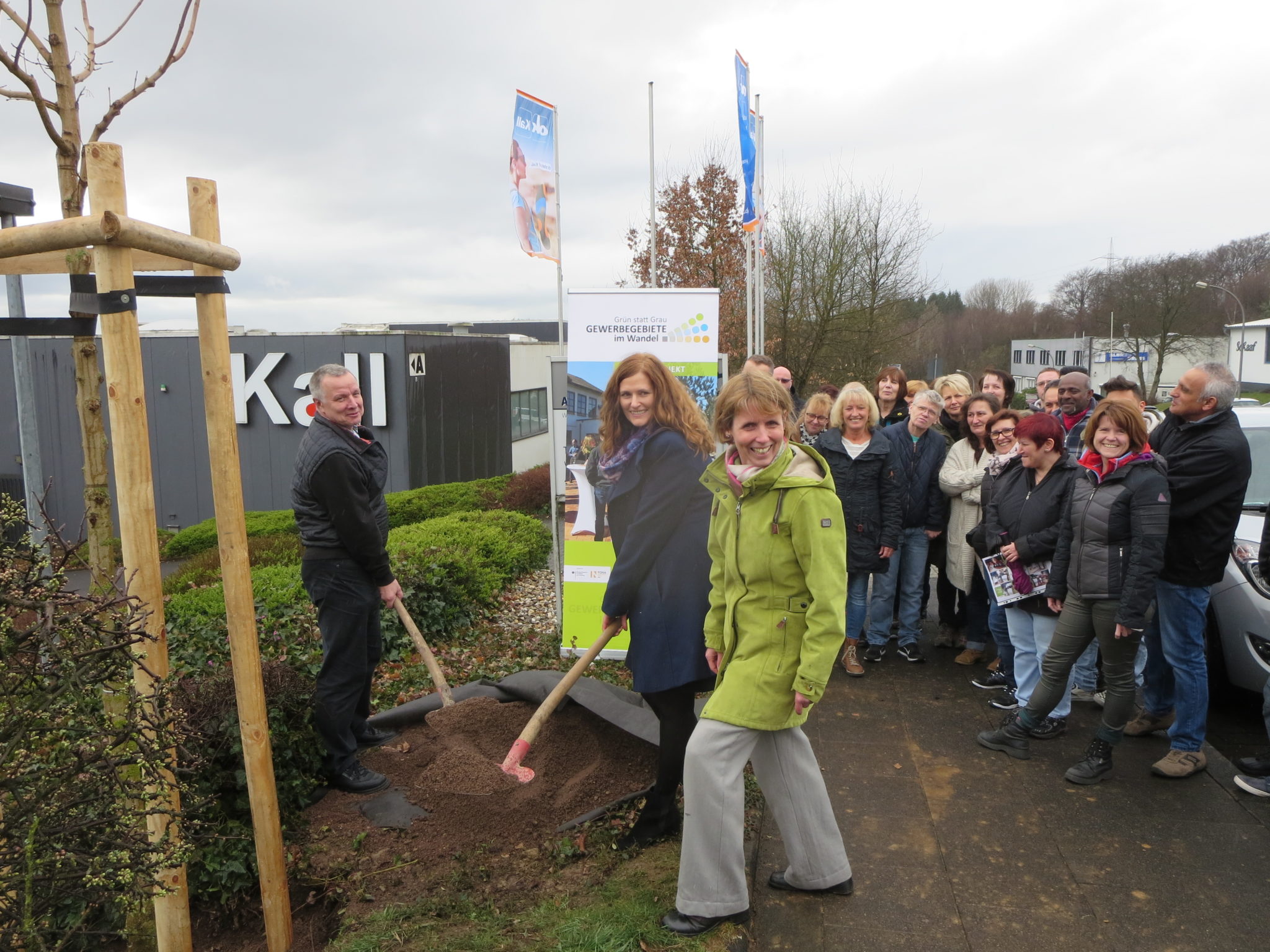
When designing the network formats, it was important to consider appropriate targeting. For companies, it was promising to start with less complex activities, including events such as street festivals, business breakfasts, information desks (see figure 4). The evaluation of these meetings helped to build a variety of formats and design a campaign that fits the needs of the industrial park and the companies. The announcement of events via newsletter has been essential for good networking. Gradually, some formats and offers (e.g. monthly regulars’ tables) have been established permanently so that the participants can adapt to them. The range of offers for the participating companies include free advisory services on energy efficiency, planning of outdoor facilities, use of renewable energies, electromobility, etc. Furthermore, the project offers individual consultations, which are carried out by the project partner Global Nature Fund.
Figure 4. Network meeting. Source: Bonn Science Shop (WILA Bonn), 2017.
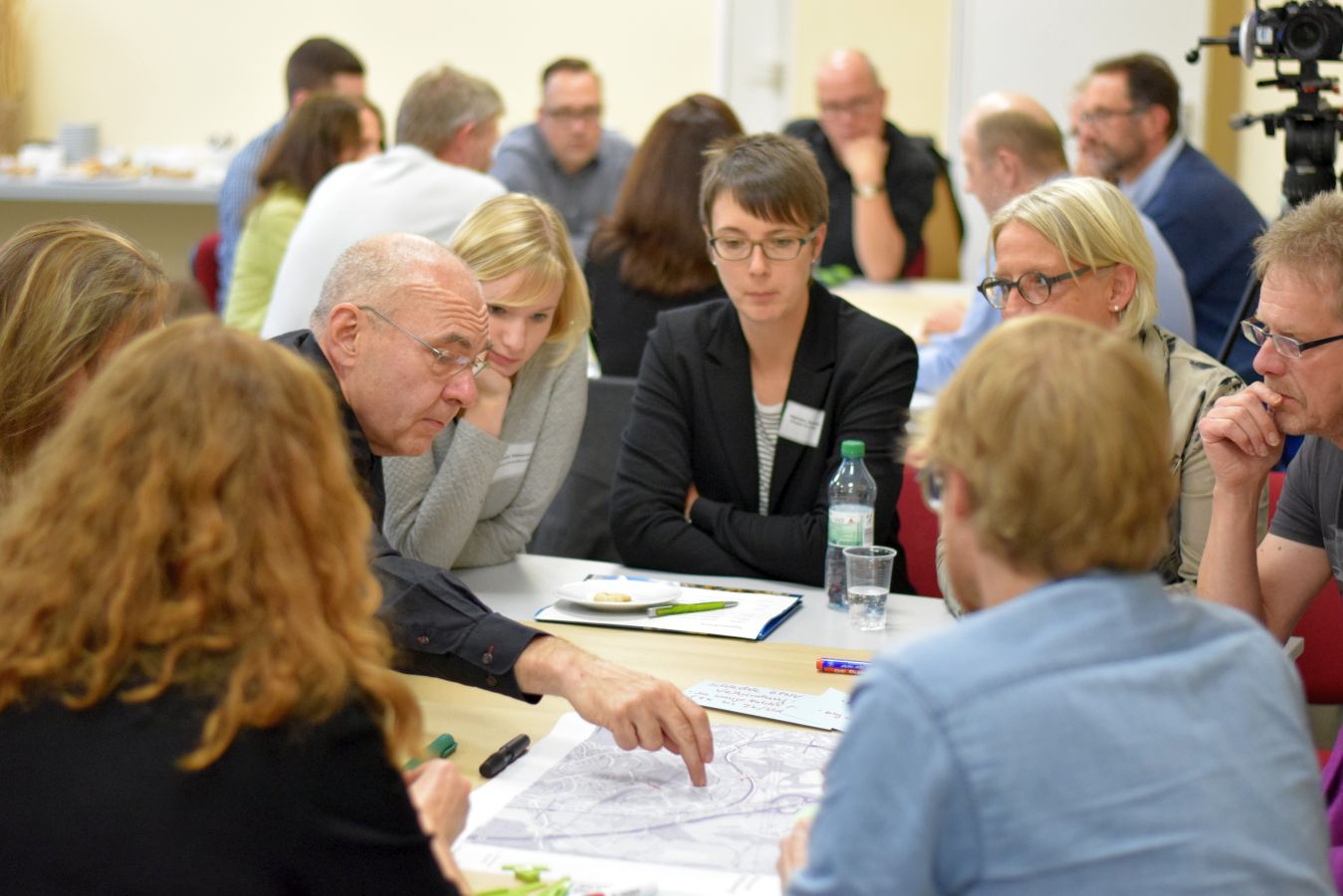
After the first network-building phases, the corresponding network structures and the effects created by these networks were examined. With mapping the different actors, we found that the number and depth of relationships vary widely. A large number of companies have no or hardly any connections to the business networks. In order to encourage them to join the network, it helped to implement so-called bridge actors or intermediaries who are already connected or involved in the network structure.
Implications for regional development and planning governance
The project outcomes also supported to enhance the development of a sustainable regional development. In Remscheid, for example, the project is part of the joint regional project of the three cities Remscheid, Solingen and Wuppertal (the so-called “Bergisch Three”) which serves to strengthen, expand and interlink the green infrastructure in the region. In addition, the experiences were added into the “Integrated Urban Development Concept” and “Sustainability Strategy” of Remscheid.
The network-building has been also a successful activity, even though it became apparent that interdisciplinary cooperation varies greatly in its formats from city to city. The city of Remscheid for example, offered an optimal start for motivating own sustainability measures by providing free tree plantings on company properties.
Intensive press and public relations work took place through the overall project and the newly established website for the Großhülsberg industrial estate. This helped to increase the business network, supports cooperation and dissemination of the project achievements.
Once a network gains momentum, it can also give a high dynamic to sustainable development debates and actions: “Now it’s really starting to roll, […] really growing. And when you have personal relationships and say that [person X] is likeable and active. And then it’s normal to say: ‘I’d like to do a project with them […]’. This is now beginning […] that we really start to exchange among ourselves as people and think about what good things we can get going” (interview with a company manager in 2017, Remscheid). For example, the network of Großhülsberg (Remscheid) has become a registered association, and more than a third of the companies located in this area are members of the association.
However, these networks are closely connected with individual actors and companies lose their interest if there is no success. To stabilise these networks, the municipalities should provide political support programs and the implementation of controls and determinations. Furthermore, the network meetings should be formalised as regular meetings to foster a permanent interdisciplinary exchange of municipalities, company managers and scientists. In this way, it is possible to move the sustainable transformation from a model project to a city-wide normality. The following key takeaway messages summarise the aspects clearly:
- Building business networks help to increase climate projection and climate adaption, biodiversity and the quality of stay in industrial areas.
- The network building process is seen as an essential goal for achieving long-term changes towards sustainability – especially when measures are added to regional development concepts.
- Transforming old-industrial areas help to attract new companies or to enhance the competitiveness of existing companies by long-term costs-saving, e.g. energy consumption.
In the end, green industrial parks will also help municipalities to maintain or increase their tax revenues and to fulfil the goals of the National Sustainable Development Strategy (e.g. reduced land consumption).
Conclusion
Key success factors for the development of sustainable industrial parks are, on one hand, the exchange between firms and, on the other hand, the establishment of a trusting partnership between the municipality and the companies. In a grown, old industrial area with different business segments, the companies usually barely interact with each other, yet they have good reasons to join together in a network (e.g. for saving procurement costs, coordinating delivery transport, public transport connection of the area for commuting employees, attractive appearance for customers and visitors). Through this cooperation, the ecological, economic and social performance of the participating companies, the location and the citizens have been improved: “I knew that [company X] has had solar cells on the roof for 20 years, but now the feed-in tariffs are different. […] I didn’t think it was profitable. But now I heard from [company Y] that they did it, and [company Z] showed me on the smartphone how much energy their system produces. Now I have also decided to do it […]” (interview with a company owner in 2017, Remscheid).
Nowadays in many municipalities in Germany sustainable industrial area designs have become an issue and goal. The networking of actors is a means of promoting and funding sustainable development. Networks not only offer the possibility of knowledge exchange but also of positive mutual influence in the sense of sustainable development (Schneidewind, 2011; Glückler, 2012; Swilling & Hajer, 2017). The pilot studies in Remscheid and Marl within the project “Grey goes Green” show the potential. For that reason, many municipalities are participating in the second project phase that started in 2020. In order to address companies well, a custom-fit argumentation that puts strong emphasis on the advantages for the respective companies is necessary. The networking of entrepreneurs in the industrial areas has in some cases led to clear dynamics towards measures for greener industrial parks. Even though the situation is different in each city, the opportunity is provided to learn from the experiences in other cities. Therefore, it is promising for municipal representatives to exchange ideas with other municipal actors. Overall, it has become clear that there is a willingness, commitment and even a desire to participate in the development and implementation of solutions on all sides.
References
Ajzen, I. (1991). ’The Theory of Planned Behavior’, Organizational Behavior and Human Decision Processes 50, pp. 179-211.
Geels, F. W. (2011). ’The multi-level perspective on sustainability transitions: Responses to seven criticisms’, Environmental Innovation and Societal Transitions 1, pp. 24-40.
Glückler, J. (2012). ‘Organisierte Unternehmensnetzwerke. Eine Einführung’, in: Glückler, J., Dehning, W., Janneck, M. & Armbürster, T. (eds.): Unternehmensnetzwerke – Architekturen, Strukturen und Strategien. Berlin and Heidelberg: Springer. pp. 1-18.
Heyen, D. A., Brohmann, B., Lippe, J., Riechel, R. & Trapp, J. H. (2018). Stand der Transformationsforschung unter besonderer Berücksichtigung der kommunalen Ebene. Bonn, pp. 19-20.
Neise, T., Revilla Diez, J. & Garschagen, M. (2018). ’Firms as drivers of integrative adaptive regional development in the context of environmental hazards in developing countries and emerging economies – A conceptual framework’, Environment and Planning C: Politics and Space, 36(8), pp. 1522-1541.
Pfoser, N. (2016). Fassade und Pflanze. Potenziale einer neuen Fassadengestaltung, Technical University of Darmstadt. Architecture.
Schneidewind, U. (2011). ’Nachhaltige Entwicklung – wo stehen wir? ’, UNESCO heute Nr. 2/2011, pp.7-10.
Sieber, S. (2019). ’Gewerbegebiete im Wandel – Wie Gewerbegebiete in Marl, Remscheid und Frankfurt Biodiversität und Klimaschutz verbinden’, Transforming Cities 3, pp.70-75.
Swilling, M. and Hajer, M. (2017). ’Governance of urban transition: towards sustainable resource efficient urban infrastructures’, Environmental Research Letters, 12(12), pp. 1-8. doi:10.1088/1748-9326/aa7d3a.
The Federal Government, (2016). German Sustainable Development Strategy. Berlin, p.154.
Trippl, M. (2020). ’Neue Entwicklungen der geographischen Innovationsforschung’, GW-Unterricht, 159 (3/2020), pp. 5-15.
About the Authors

Carolin Schack is an economic geographer and researcher of Osnabrück University, Germany. Together with the project partners of “Grey goes Green” she works strongly on improving and transmitting sustainability aspects in industrial areas. *corresponding author: carolin.schack@uni-osnabrueck.de

Thomas Neise is a post-doctoral researcher of Osnabrück University. His research interests focus on climate change adaptation and natural hazards with particular focus on the private sector and risk in global production networks.
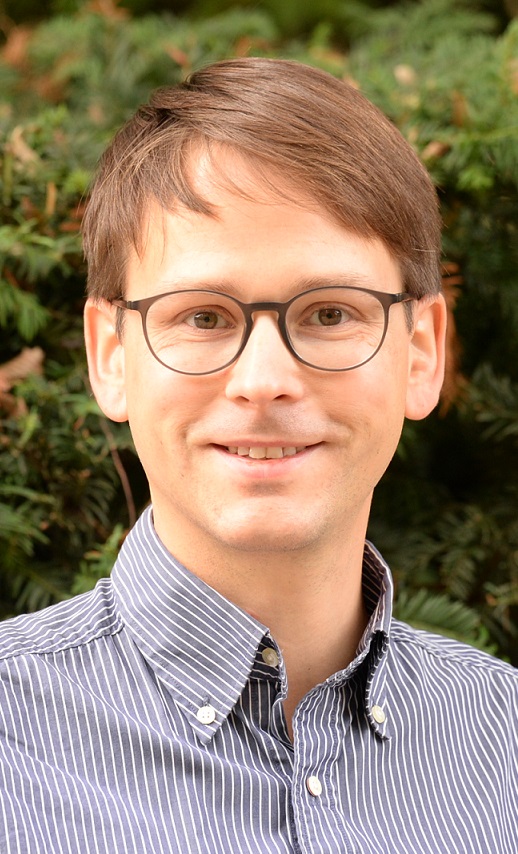
David Heimann is a geographer and sustainability transition researcher. From 2016 to 2020 he was involved in the “Grey goes Green” project at Osnabrück University.
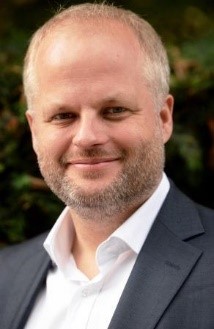
Martin Franz is Professor of Human Geography with focus on economic geography at Osnabrück University. His research interests include geography of trade, globalization, rural development and sustainability transition.



